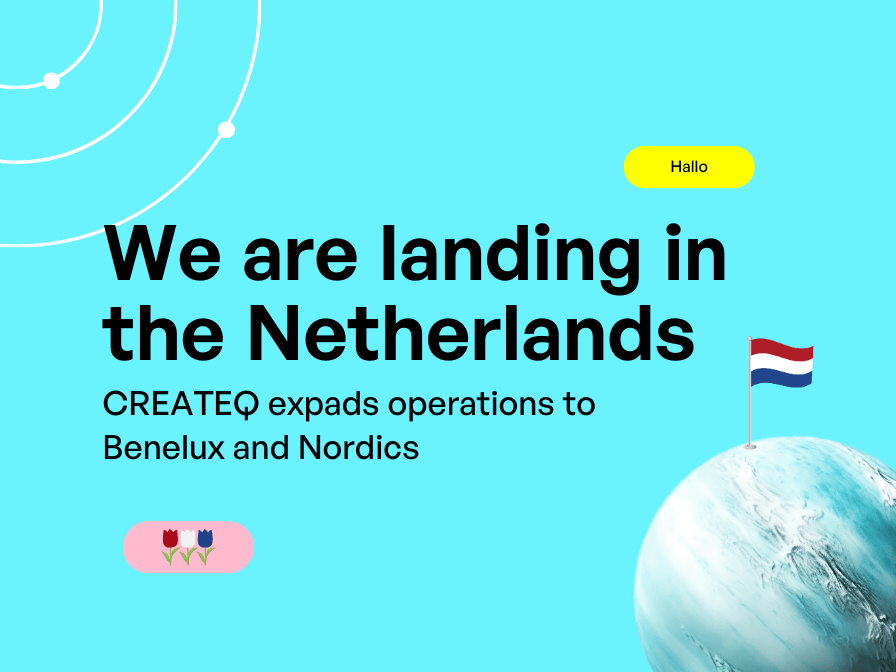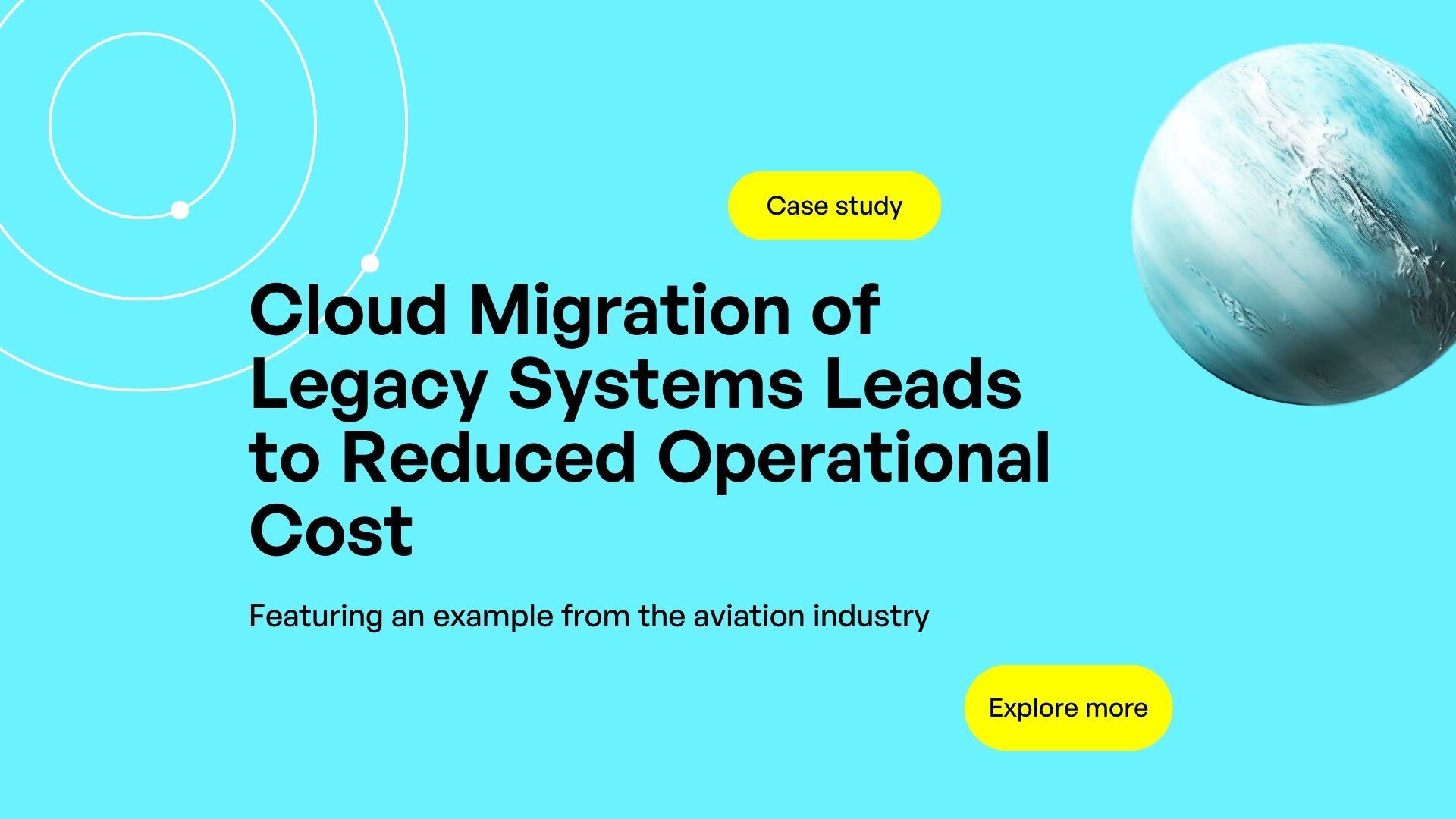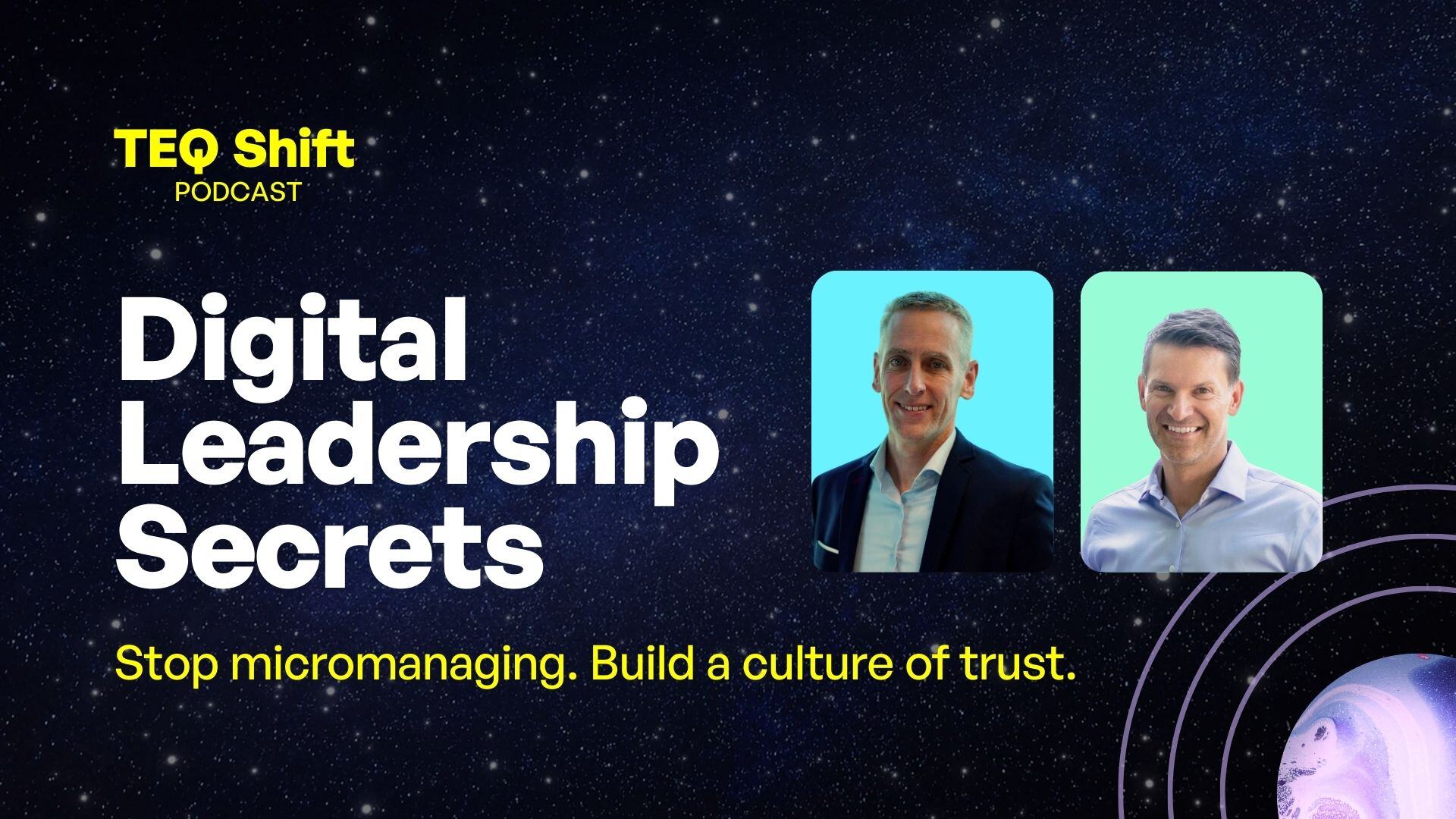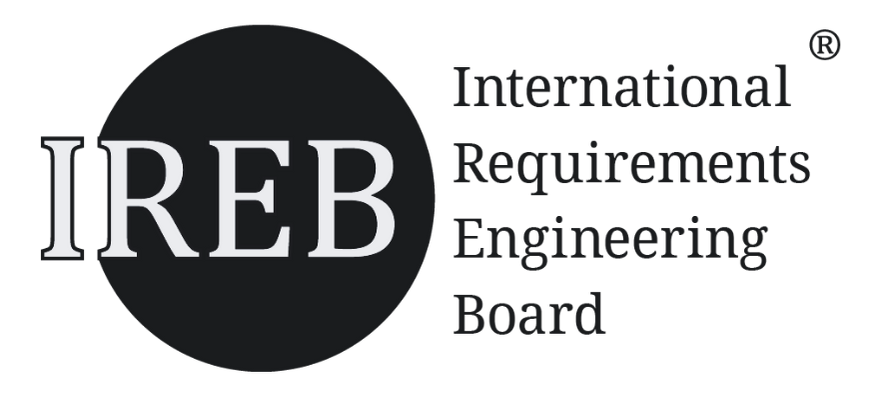The Rise of Agentic AI
For the past few years, AI adoption has been dominated by impressive demos, rapid model releases, and headlines about performance benchmarks. But as Dr. Stefan Ebener (Google) explained in our recent TEQ Shift Podcast, the conversation is shifting, from models that respond, to AI systems that act.
This new stage, known as agentic AI, describes systems that can autonomously take action toward defined goals. They don’t just output a single answer, they monitor context, make decisions, execute, and adapt without constant human prompting.
Agentic AI promises step-changes in efficiency, automation, and capability. But without the right architecture, it also risks becoming the most expensive experiment in your company’s history.

“If you skip the foundation, you’re building on sand. Agentic AI is powerful, but it’s not magic.”
— Dr. Stefan Ebener, Google
Why Architecture Beats Speed
Many organisations rush from proof-of-concept to pilot without considering the underlying systems that will support AI at scale. The result? Fragmented deployments, spiralling costs, and a growing gap between early excitement and measurable ROI.
In agentic AI, architecture matters more than ever because these systems:
-
Operate continuously rather than in isolated interactions.
-
Integrate deeply with operational and decision-making systems.
-
Depend on data flows that must be reliable, secure, and compliant.
-
Require orchestration between multiple AI and non-AI components.
An “architecture-first” approach ensures that each of these requirements is designed in from the start, not bolted on as a reaction to scaling issues.
The Four Pillars of Agentic AI Architecture
Based on industry best practice and insights from our discussion with Dr. Ebener, here are four essential components for building a sustainable agentic AI architecture:
1. Data Infrastructure That Works in Real Time
Agentic AI thrives on context. That means your data ingestion, processing, and storage layers must support near real-time updates. Batch pipelines that update overnight won’t cut it when the system needs to adapt to changing conditions instantly.
2. Orchestration Layer
Agentic systems rarely operate in isolation. They must coordinate across APIs, microservices, and enterprise platforms. An orchestration layer enables this coordination, allowing AI to trigger workflows, interact with other systems, and handle exceptions effectively.
3. Governance and Safety Frameworks
Because agentic AI can take actions autonomously, risk management is non-negotiable. This includes access controls, audit logs, fail-safes, and human-in-the-loop mechanisms where needed. These safeguards maintain trust and compliance, especially in regulated industries.
4. Scalable Compute and Storage
Demand for AI processing can spike unpredictably. Architectures should be cloud-native and elastic, with cost monitoring built in. This ensures that scale-ups don’t lead to budget blowouts.
Common Mistakes to Avoid
From our work with enterprise AI and the lessons Dr. Ebener shared, there are recurring pitfalls when moving into agentic AI:
-
Treating it as an “add-on” to existing systems rather than a core capability.
-
Underestimating integration complexity, leading to delays and inflated budgets.
-
Skipping governance, resulting in compliance risks and reputational damage.
-
Over-focusing on the model and neglecting the operational environment it needs.
Each of these mistakes stems from the same root cause: chasing short-term wins instead of designing for sustainable value.
From Proof-of-Concept to Production
Transitioning from a promising PoC to a production-ready system is where most AI projects stall. To bridge that gap, teams need:
-
A clear business case: What problem does agentic AI solve, and how will success be measured?
-
Defined integration points: Which systems will the AI interact with, and what data does it need?
-
Deployment playbooks: Standardised procedures for rollout, monitoring, and updates.
-
Change management: Ensuring teams understand, trust, and can work alongside the AI.
“Agentic AI is not just a tech project—it’s an organisational shift. Without buy-in and operational readiness, it won’t deliver.”
— Dr. Stefan Ebener, Google
The Strategic Payoff
When done right, the architecture-first approach transforms AI from a collection of experiments into a strategic asset. It:
-
Reduces time-to-value for new use cases.
-
Increases the resilience of AI operations.
-
Enables faster iteration without breaking compliance or budgets.
-
Positions the organisation to adopt future AI advancements without major rework.
A Roadmap for Leaders
For CTOs, CIOs, and innovation leaders, the next step is clear: treat agentic AI as a long-term capability, not a short-term race. That means:
-
Investing early in scalable, secure infrastructure.
-
Designing for continuous improvement.
-
Aligning AI capabilities with business priorities.
The companies that succeed in the agentic AI era will be the ones that didn’t just ask “What can we build?”—but “What can we sustain?”.

-Aug-12-2025-03-32-43-5778-PM.jpg)















